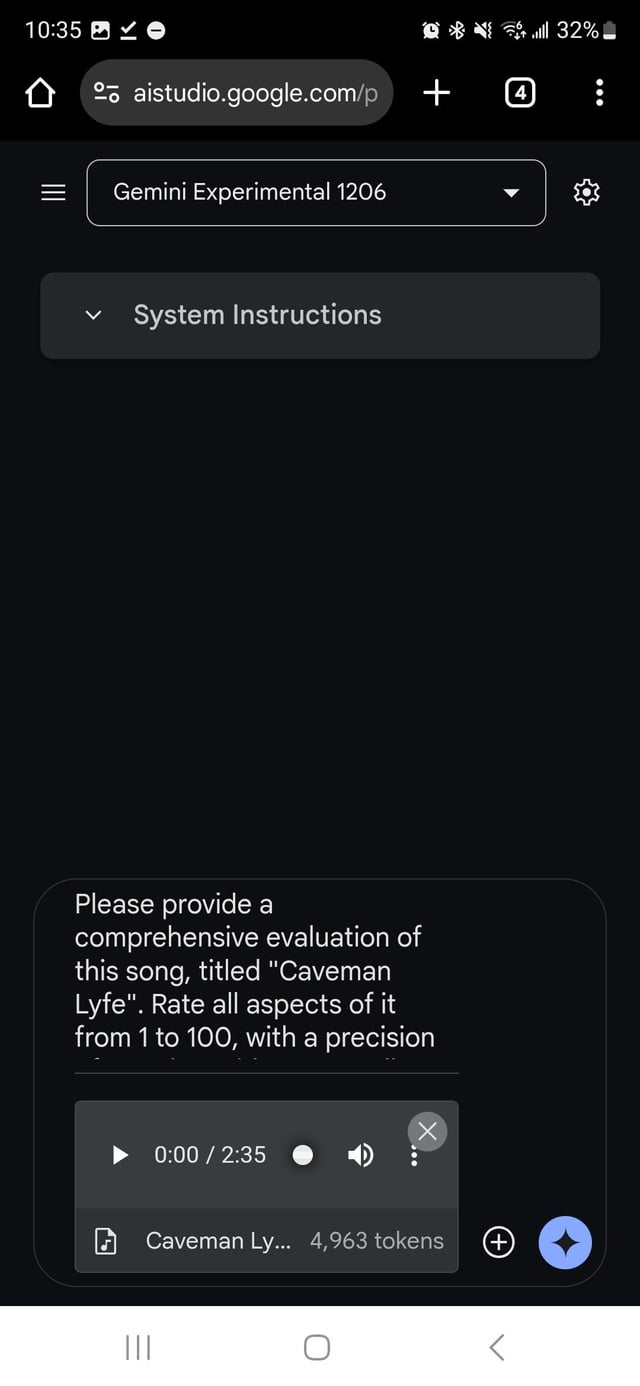Identifying elusive tracks requires a systematic approach. Follow these expert techniques to pinpoint songs with limited information.
Efficient Song Identification Strategies
Leverage audio fingerprinting tools: Mobile apps analyze recordings through proprietary algorithms matching unique audio signatures against vast databases.
Master lyric searching: Combine distinctive phrases with Boolean operators on search engines. Example search syntax:

- "lyrics:partial_phrase AND year:1990-2000"
- "song with lyrics 'specific line' genre:reggae"
Isolate distinctive elements: Focus identification efforts on the most unique components in this priority order:
- Uncommon instrumentation (e.g. harpsichord, theremin)
- Specific rhythmic patterns (e.g. 5/4 time signature)
- Vocal techniques (falsetto breaks, yodeling)
- Genre-bending production elements
Advanced Crowdsourcing Tactics
Specialized communities: Engage genre-specific forums and social media groups. Describe the song using standardized templates:
- Decade/era estimation
- Gender/vocal characteristics
- Language detection confidence
- Instruments identified with certainty
Comparative references: Cite similar-known tracks to establish sonic benchmarks. Example framework:
- "Tempo matches 'Billie Jean' but with saxophone leads"
- "Vocal tone resembles early Stevie Nicks with synth arpeggios"
Prevention & Documentation
When encountering unknown songs:
- Create audio samples with timestamped features
- Document contextual clues immediately (where/when heard)
- Catalog metadata from original source if available
Persistent triangulation across multiple identification methods significantly increases resolution success for obscure recordings.












